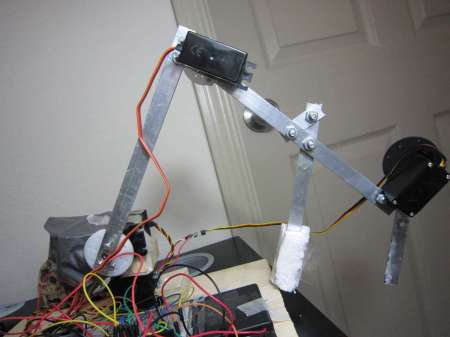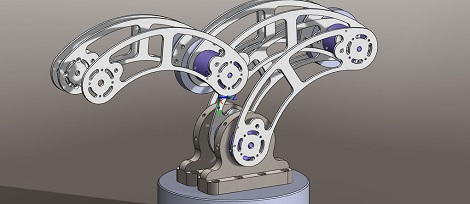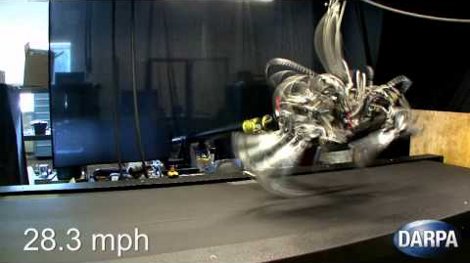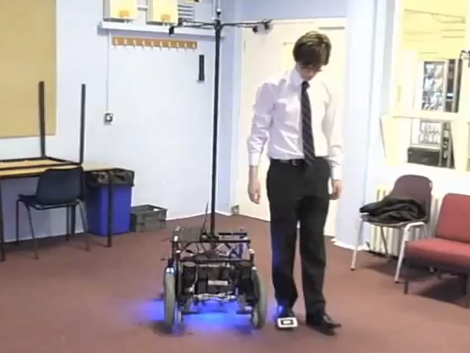[V0R73X], who is 17 has been working on a project, to build A robotic arm. This project started out as a challenge put forward from one of his school teachers to build a robotic arm for $200. [VoR73X] accepted, and the challenge began.
He came up with a robotic arm that can be controlled from his mobile phone and other bluetooth enabled devices. He also designed it so that he can control it from the infrared remote control of an old tv set. [VoR73X] decided to kept the design simple, to make it easy for others to build. [VoR73X] has shared the code and a step by step process of how to build in the hopes that others would also like to take up the challenge. Watch the video after the break for further details on his project.
via[Instructables]

















